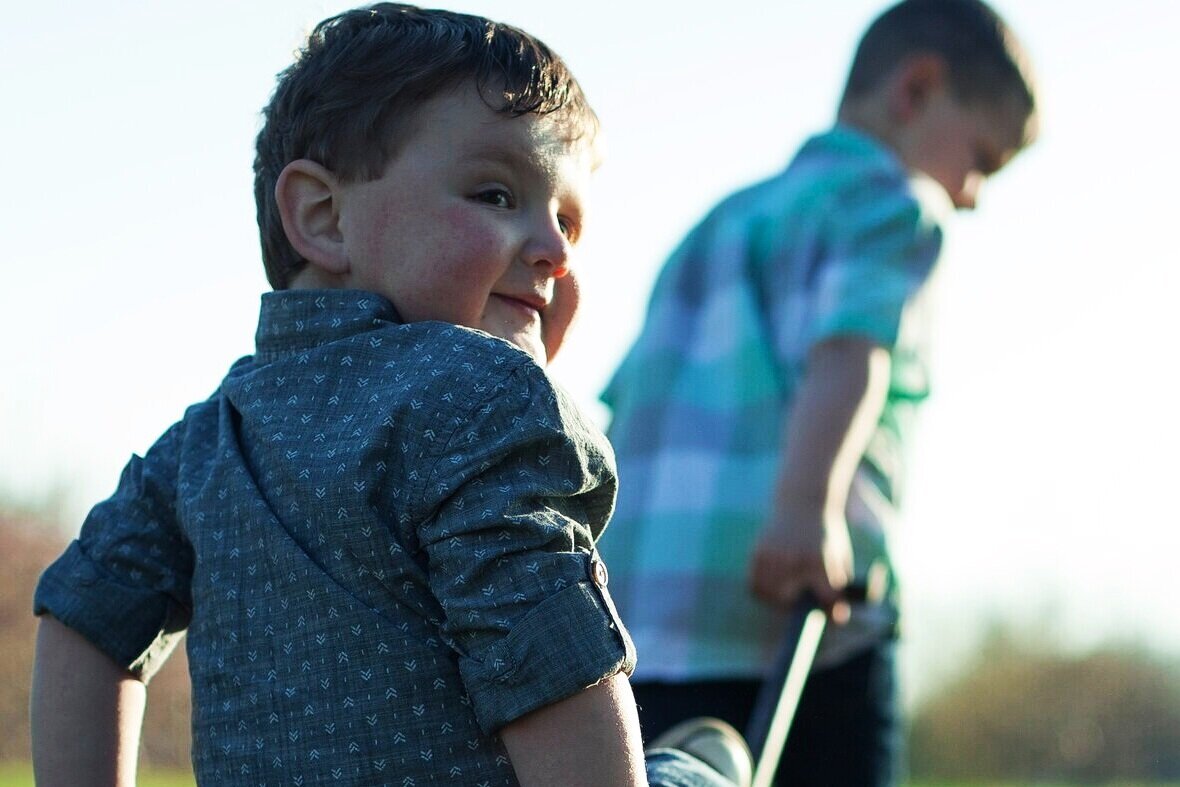
Awarded Grants
Awarded Grants
Transcriptomic Signatures in Neuroendocrine Cell Hyperplasia of Infancy (NEHI)
Sharon McGrath-Morrow
Children's Hospital of Philadelphia
$83,154
Awardee: Sharon McGrath-Morrow
Institution: Children's Hospital of Philadelphia
Grant Amount: $83,154
Funding Period: February 1, 2025 - January 31, 2026
Summary:
Our research has the potential to significantly improve NEHI diagnosis, enhance our understanding of disease pathogenesis, and lay the groundwork for targeted therapeutic interventions.
Bronchoalveolar Lavage Fluid-Derived Organoids as Translational Models for Neuroendocrine cell hyperplasia of infancy
James Hagood
University of North Carolina
$83,154
Awardee: James Hagood
Institution: University of North Carolina
Grant Amount: $83,154
Funding Period: February 1, 2025 - January 31, 2026
Summary:
Neuroendocrine cell hyperplasia of infancy (NEHI) causes overgrowth of specialized lung cells called neuroendocrine (NE) cells, leading to breathing problems in infants, usually starting between 6 and 8 months of age. Our project aims to create a new model to study NEHI using a less invasive method involving fluid from the lungs, called bronchoalveolar lavage fluid (BALF), which is collected during the clinical diagnosis of lung diseases. BALF can be used to create organoid “mini-lungs” which can be used to study the interaction of NE cells with other lung cell types. By studying these organoids, we hope to understand how NEHI disrupts lung function and causes low oxygen levels. Our ultimate goal is to identify and test new treatments that could improve breathing for NEHI patients.
Genetic basis of neuroendocrine cell hyperplasia of infancy
Nadia Nathan
Sorbonne University and Inserm
$87,145.00
Awardee: Nadia Nathan
Institution: Sorbonne University and Inserm
Grant Amount: $87,145.00
Funding Period: February 1, 2023 - January 31, 2024
Summary:
Material and methods: Patients will be included in the RespiRare network (Fabre et al. 2022). Patients with a NEHI diagnosis attested by the RespiRare multidisciplinary team (MDT) meeting will be selected. After appropriated consents of the parents, a trio (patient and his two unaffected parents) whole genome sequencing (WGS) will be performed. The identified variants will be studied in terms of in silico pathogenicity and relevance in the context of NEHI pathophysiology. The following gene variants will be selected for comparison between the families: those segregating as new mutations only occurring in affected children and those segregating as recessive traits transmitted from each parent.
Expected results: Identifying molecular causes or predispositions for NEHI is a crucial step in studying the pathophysiology of the disease. This could highlight new pathways of interest that could allow the development of targeted treatments.
High Resolution Ventilation and Perfusion MRI Assessment of Neuroendocrine Cell Hyperplasia of Infancy (NEHI) in Infants and Young Children: Technical Feasibility and Direct Clinical Application
Katie Krone
Boston Children's Hospital
$41,000
Awardee: Katie Krone
Institution: Boston Children's Hospital
Grant Amount: $41,000
Funding Period: February 1, 2022 - January 31, 2023
Summary:
Neuroendocrine cell hyperplasia of infancy (NEHI) is a type of childhood lung disease that is very challenging to diagnose because of the lack of specific disease features. Clinical and radiologic features may overlap with other types of lung disease affecting children. Currently, clinicians rely on imaging with high-resolution chest computed tomography (HRCT) and/or tissue diagnosis by surgical lung biopsy in order to identify NEHI in patients who have suggestive clinical signs and symptoms. This diagnostic approach poses risks to the vulnerable pediatric population. HRCT exposes infants and children to potentially harmful ionizing radiation, and often requires sedation to obtain adequate images in younger children. There are also some concerns about the effects of general anesthesia on the developing brain. An additional problem is that HRCT scans are often not specific enough to be diagnostic of NEHI. Given the potential risks of exposure to radiation and anesthesia, and the limitations of HRCT interpretation, new diagnostic strategies are needed that provide insight into the pathophysiology of NEHI, ensure timely, safe and accurate diagnostic information, and improve patient care. High-resolution ventilation and perfusion MRI is new attractive alternative that overcomes the limitations and risks of HRCT and has the potential to provide improved diagnostic information. Thus, the main objective of this study is to prospectively investigate the technical feasibility and clinical utility of high-resolution ventilation and perfusion MRI in infants and young children with clinically suspected or confirmed NEHI.
Spatial Transcriptomics to Identify Cellular Alterations in NEHI
W. Adam Gower
University of North Carolina at Chapel Hill School of Medicine
$41,000
Awardee: W. Adam Gower
Institution: University of North Carolina at Chapel Hill School of Medicine
Grant Amount: $41,000
Funding Period: February 1, 2022 - January 31, 2023
Summary:
The diagnosis and management of NEHI is complicated by a lack of understanding about the biologic processes at work in the lungs of affected children. Research so far has suggested that NEHI is unique from other forms of childhood interstitial lung disease, and likely involves abnormal function of neuroendocrine cells and other cell types in the smallest airways. We propose to utilize a new technology that will allow use to determine what genetic pathways and biological processes are unique to NEHI lung tissue, using excess lung biopsy material that has already been collected and banked. By understanding which genetic pathways and processes are unique to NEHI compared to children with other lung diseases and healthy controls, we may identify ways to improve diagnosis and perhaps targets for new and unique treatments. Our team has extensive expertise in NEHI and rare lung disease research, access to tissues samples for use, and colleagues who can assist in the analyses needed to complete this project during the award period.
Dissecting the Genetic and Genomic Basis of Neuroendocrine Cell Hyperplasia of Infancy (NEHI)
Xin Sun
The Regents of the Univ. of Calif., U.C. San Diego
$103,066
Awardee: Xin Sun
Institution: The Regents of the Univ. of Calif., U.C. San Diego
Award Amount: $103,066
Funding Period: February 1, 2021 - January 31, 2022
Genetic Mechanisms in Neuroendocrine cell Hyperplasia of Infancy (NEHI)
Lisa Young
The Children's Hospital of Philadelphia
$60,989
Awardee: Lisa Young
Institution: The Children's Hospital of Philadelphia
Award Amount: $60,989
